Passchendaele Battlefield – Understanding the Canadian Role
In a previous post I described the Canadian role at the battles that took place around the small city of Ypres in 1915 and 1916. We suffered over 14, 000 casualties in those battles, but it wasn’t over yet; after Vimy Ridge, Passchendaele Battlefield is probably the most notable of once obscure places along the Western Front, that are now an indelible part of Canadian history.
Liberation Tour 2015 historian Phil Craig reviewed the history of Canada’s role in WWI leading up to Passchendaele Battlefield as we headed to the battle site from our hotel in Ypres. We had first garnered respect from the imperious assholes at British High Command when we withstood the first gas attack at Ypres in 1915 and solidified that reputation at Mount Sorrel in 1916. However, it was at Vimy Ridge in April 1917 that we really were acknowledged as an outstanding fighting force that used innovation and planning to achieve goals that other forces simply could not. The reward for our past successes was to be handed perhaps the toughest assignment of all – capture the tiny village of Passchendaele and the ridge that overlooked it.
Passchendaele Battlefield
OK, so what was the big deal with Passchendaele? How was it different from hundreds of other places where Canadians fought and died in WWI? I’ll try to explain using a combination of Phil’s narrative and what I have learned from other sources. Let’s start with this map. You’ll see Passchendaele to the right of the German front line, which of course means that you are going to have to break through that line to get there.
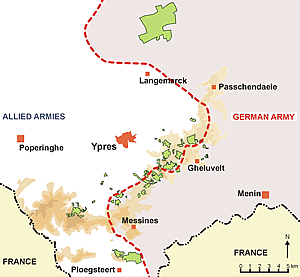
The time of year for the Canadian attack was November, but the British and the ANZACs had been fighting here since July, absorbing enormous casualties as a result of the criminally insane frontal assault strategy of Sir Douglas Haig the British commander. Haig was responsible for the slaughter at the Somme in 1916 and was now following it up in Belgium. He could rightfully be held accountable for over one million deaths in WWI, but of course he wasn’t. Instead they made him an earl and then Baron of Bemersyde (Baron of Homisyde would have been more appropriate), but I digress.
The Canadian commander Sir Arthur Currie knew how dangerous it was to be given orders by Haig and tried to beg off, but was overruled.
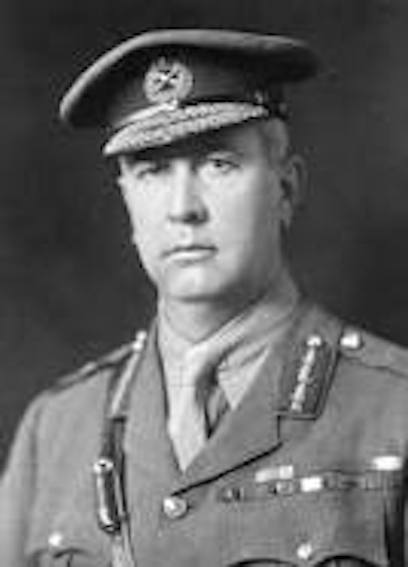
My grandfather, William C. Dunlop was at Passchendaele Battlefield and while he would never talk in any detail about the war, he would say this when asked about it, “All I remember is the mud.” That is exactly what horrified Currie when he first saw the site of the projected Canadian attack. The ground was nothing but shell holes filled with water, mud and dead bodies. The very worst images of WWI come from Passchendaele Battlefield. How would you like to fight in this?

As at Vimy Ridge, Currie came up with a plan that did not involve simply throwing lives away, but nonetheless could not be carried out without great courage and the knowledge that many, many men would die in this Godforsaken place. With this background we passed through the small modern village of Passchendaele (the original was 100% destroyed in the war) and arrived at Canadalaan where we parked and walked to the Canadian monument.
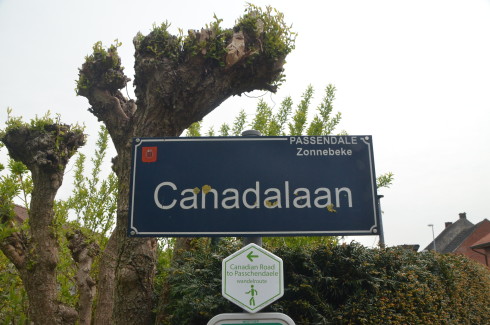
As we gathered around the quite modest monument Phil took out a copy of Some Desperate Glory, the war time diary of Edwin Campion Vaughan, a British soldier who was at Passchendaele battlefield and described events leading up to and during the battle.
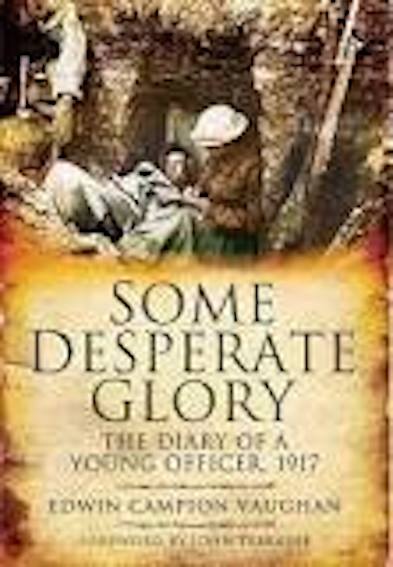
Phil asked for our indulgence as he read for a good half an hour from this moving book, but we were all spellbound and he needn’t have worried about us getting bored. What the Canadians and British did here from November 6-10 was simply unparalleled in terms of bravery and heroism. No less than nine Victoria Crosses were awarded to Canadians including Major George Randolph Pearkes, a member of the Northwest Mounted Police, who did this.
“For most conspicuous bravery and skilful handling of the troops under his command during the capture and consolidation of considerably more than the objectives allotted to him, in an attack.
Just prior to the advance Maj. Pearkes was wounded in the left thigh. Regardless of his wound, he continued to lead his men with the utmost gallantry, despite many obstacles.
At a particular stage of the attack his further advance was threatened by a strong point which was an objective of the battalion on his left, but which they had not succeeded in capturing. Quickly appreciating the situation, he captured and held this point, thus enabling his further advance to be successfully pushed forward.
It was entirely due to his determination and fearless personality that he was able to maintain his objective with the small number of men at his command against repeated enemy counter-attacks, both his flanks being unprotected for a considerable depth meanwhile.
His appreciation of the situation throughout and the reports rendered by him were invaluable to his Commanding Officer in making dispositions of troops to hold the position captured.
He showed throughout a supreme contempt of danger and wonderful powers of control and leading.”
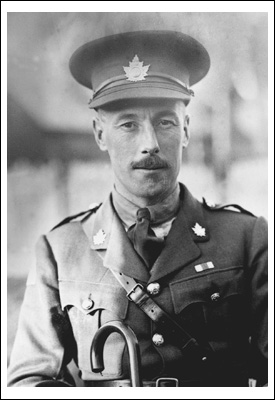
Major Pearkes later entered politics and served as Canada’s National Defence Minister and later as Lieutenant-Governor of British Columbia. The National Defence headquarters building in Ottawa is named after him.
Over 4,000 Canadians died at Passchendaele battlefield and on behalf of all of us here today, I can only say a humble thank you and swear that you will not be forgotten.
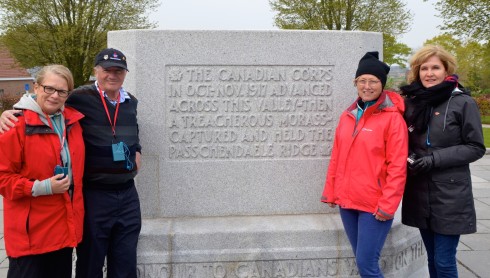
The city of Ypres has not forgotten the sacrifices made by young men who came from all over the world almost 100 years ago to fight to liberate Belgium from the German invaders who had callously disregarded Belgium’s neutrality in 1914. This is readily apparent from the many flags we see flying from various places in the town.
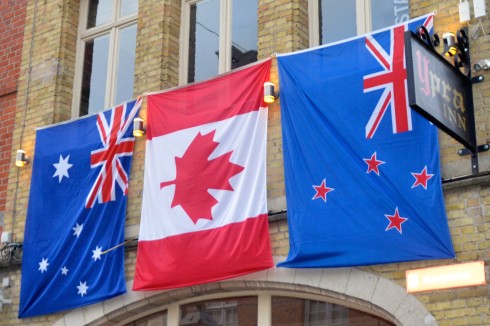
Last Post Ceremony, Menin Gate
The sacrifice is commemorated at the Last Post ceremony conducted at the Menin Gate every night since 1928. Today my sister Anne will be among those laying a wreath during the ceremony. I am pleasantly surprised to see just how many people still attend this ceremony, so many in fact that I can’t get close enough to see Anne lay the wreath.
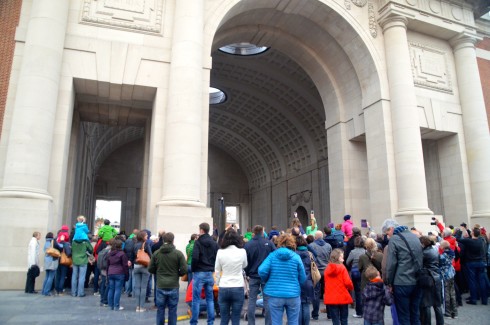
What I am particularly impressed with is how many young people are here, they truly have not forgotten. Please conclude this post by listening to the Last Post.
Next we will head to Tyne Cote Cemetery, the largest CWGC in the world, where we will count the butcher’s bill for the slaughters around Ypres. It won’t be a pleasant experience by any means, but please come along anyway.
If you do end up in Belgium on your own make sure to spend a few days in Brussels which Alison and I think might be the most overlooked tourist city in Europe.

